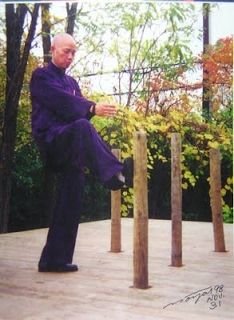wingchun100
Senior Master
- Thread Starter
- #21
just FYI...your image doesn't show up? Did you 'attach' it or 'copy/paste' it into your reply?
When you get the toolbar above the space where you enter text, there is a button marked "image" right next to the smiley face. Let me try "upload file" instead...


